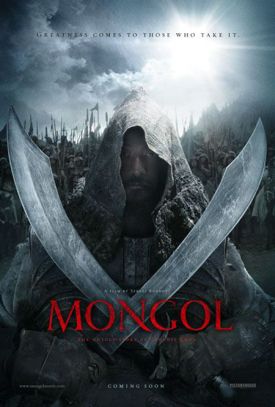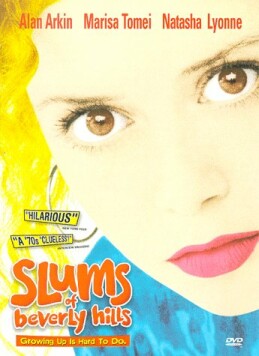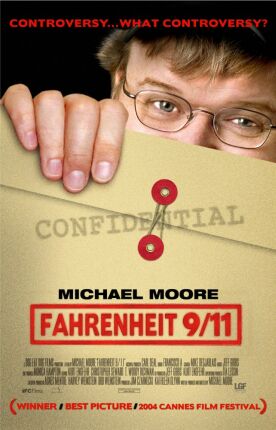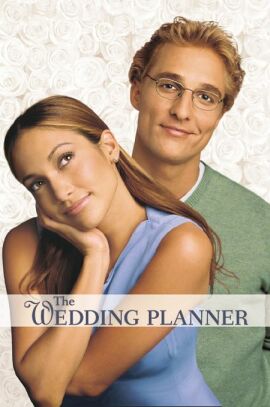Midnight in the Garden of Good and Evil
Midnight in the Garden of Good and Evil, directed by Clint Eastwood
from John Berendt’s best seller stars
John Cusack as John Kelso, a journalist sent to Savannah by Town and Country
magazine to cover one of the highlights of the social season there, a
Christmas party given by Mr Jim Williams (Kevin Spacey). But Williams, a
homosexual, chooses the night of his party to kill his rough-trade paramour, a
dangerous lunatic called Billy (Jude Law), and Kelso finds himself covering the
subsequent, sensational murder trial as he falls in love with a Savannah clearly
overripe with professional Southerners and other poseurs. Chief among these is
Gentleman Jim, who shamlessly shows off his wealth, his connoisseurship and his
camp sophistication, but he is surrounded by a phalanx of lovable eccentrics
whose assiduous posing is just too arch for words.
I’m sorry, but I
don’t buy it. The essential thing
about eccentrics is that they must not know they are eccentrics. Their
entertainment value depends entirely, it seems to me, on their complete
unconsciousness that they are anything but normal. But the Savannah eccentrics
are not only self-conscious, they constantly parading their eccentricities
before us—like the man walking his phantom dog or the man who keeps
horseflies on threads buzzing around his head or the man pretending to be a
woman called Lady Chablis (herself)—and asking to be admired for them. The
whole movie proclaims its fakery proudly, as if it were a virtue.
And, indeed, it is a virtue, at least to Mr Eastwood and his
screenwriter, John Lee Hancock. For there is
(wouldn’t you know it?) a moral to the
story of Gentleman Jim’s plugging of
his catamite amidst the splendid antiques and paintings he collects. It is the
philosophy of jesting Pilate, who asked
“What is
truth?” Only here there is no jesting.
Clint points the .44 magnum of his moral relativity at us and asks us to make
his day by timidly venturing to suggest what might be the
“truth”
about—well, anything, up to and including
Jim’s shooting of young Billy in the
library.
The emblematic presence of the film is the drag queen Lady Chabilis who
speaks about “my
T”—i.e. the truth that he/she is
“hiding my
candy” and is really a man called
Frank—as a shameful and totally unnecessary secret, and who provides the
deciding evidence that springs Jim from the clutches of the law. Irma P. Hall,
as voodoo lady Minerva, restates the same moral in slightly different terms:
“Dere
ain’t no
answers,” she says to John Kelso with
a deep chuckle. “You come a long way
to learn that.” Presumably she exempts
from this general denial of answers her own voodoo principles, of which she is
enormously proud. Finally, Jim himself sums it all up in his final words to
Kelso—while
“Dream”
by Johnny Mercer, scion of Savannah aristocracy, is being played on the
piano—“Truth, like art, is in
the eye of the beholder.”
Like Bruce Willis’s Gatling gun in
The Jackal, this very large-calibre statement blows away an awful lot
more than it needs to in order to destroy its target, which that much-blasted
figure of intolerance towards homosexuality. But when you think about it, the
film engages in a bit of gay-bashing of its own if it has to assert that
everything must be tolerated if gays must be. Or at least everything
except black people dressing up in white tie and tails and dancing a minuet, a
spectacle of which Eastwood allows himself to make merciless fun.
Jim’s trial is sold to us as being not
about murder at all but about tolerance of the
“gay
lifestyle”—since expert legal
opinion holds that the jury will only convict because they are disgusted by
Jim’s relationship with the victim.
“Objectively speaking, it looks like
they’re going to hang a guy for his
sexuality.” But Jim
needn’t have worried. Eccentric
Savannah comes through for him in the end. Too bad it
doesn’t for us.
Discover more from James Bowman
Subscribe to get the latest posts to your email.







